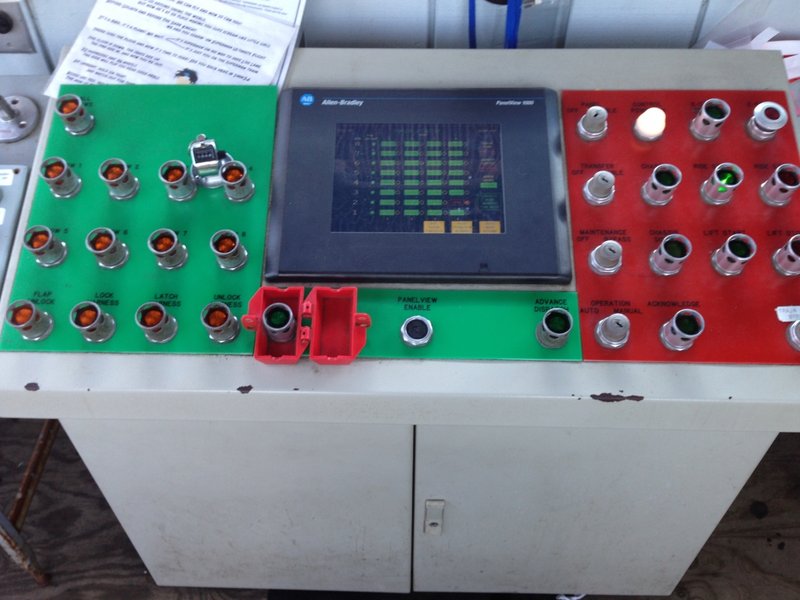Ian
TS Team
- Favourite Ride
- Dizz, Bobby’s Yarn Land

Each aspect of the restraint system can be released independently as far as I’m aware, including the flaps and the vests (if you look on the back of the row in front of you you’ll see a silver tab sticking out behind each seat, and also down the bottom near the leg flaps. This acts as the vest release).
While not done from the station op panel, the prime case for releasing flaps independently would be during an evac. The steps will be placed below the row, and the flaps released. Guests are then asked to stand on the top step and support their weight. At this point the harness is released and you essentially walk out of the seat bent over.
In normal operation a lot of the bits will try and coordinate themselves, but the station op can manually do things if needed. It’s an interesting ride system, in that the hosts (station ops) have just as much, if not more control over the ride than the main op!
While not done from the station op panel, the prime case for releasing flaps independently would be during an evac. The steps will be placed below the row, and the flaps released. Guests are then asked to stand on the top step and support their weight. At this point the harness is released and you essentially walk out of the seat bent over.
In normal operation a lot of the bits will try and coordinate themselves, but the station op can manually do things if needed. It’s an interesting ride system, in that the hosts (station ops) have just as much, if not more control over the ride than the main op!


